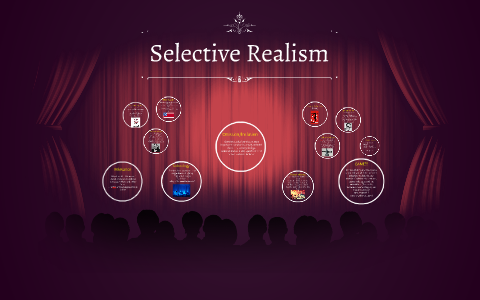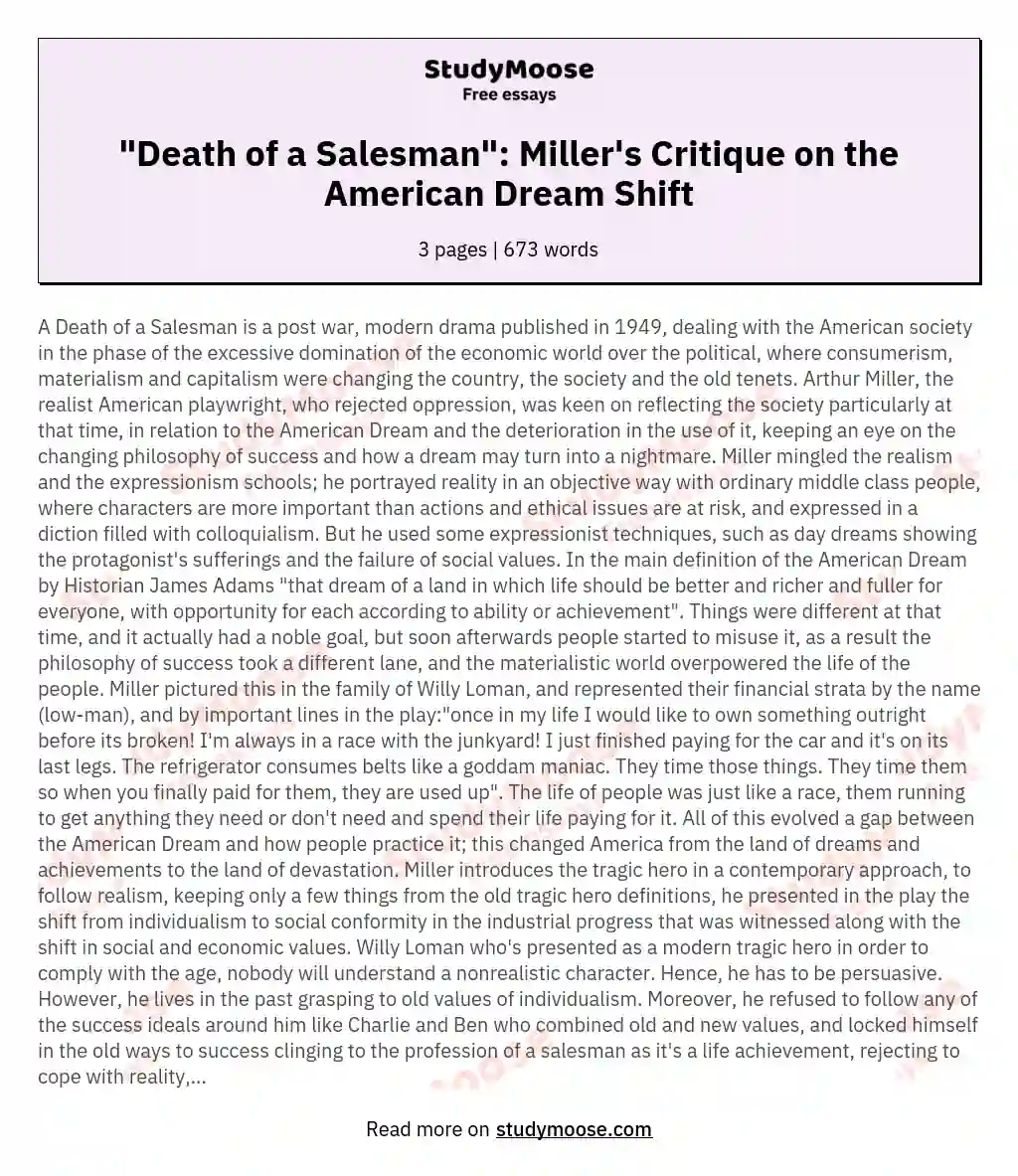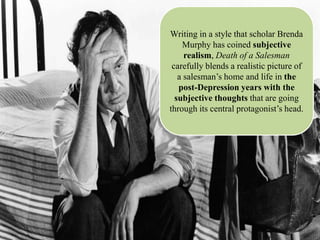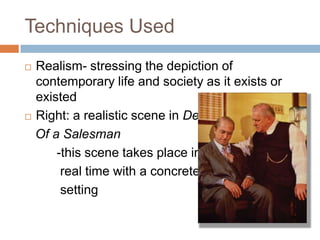Realism is a literary movement that aims to represent life as it is, rather than idealizing or romanticizing it. In "Death of a Salesman," Arthur Miller uses realism to depict the struggles and failures of Willy Loman, a middle-aged salesman whose life is marked by disappointment and disillusionment.
Willy Loman is a deeply flawed character, and Miller does not try to hide or excuse his weaknesses. He is an egotistical and self-deluded man, who is unable to see the reality of his own limitations and failures. He is obsessed with the idea of being "well-liked," and is convinced that this is the key to success in life. He is also deeply attached to his own memories and fantasies, and finds it difficult to come to terms with the present.
Despite Willy's flaws, however, Miller does not present him as a villain or a simple stereotype. Instead, he is a fully developed character with his own desires, dreams, and contradictions. We see Willy's love for his family, and his determination to provide for them, even as he is unable to do so. We also see his frustration and anger at the world, which he feels has let him down and denied him the success he feels he deserves.
Through Willy's story, Miller explores themes of identity, masculinity, and the American Dream. He shows how Willy's own self-deception and inability to adapt to changing circumstances have led to his downfall. He also shows how society's expectations and values can lead people to make destructive choices, and how the pursuit of material success can be hollow and unfulfilling.
Overall, "Death of a Salesman" is a powerful and poignant portrayal of one man's struggle to come to terms with his own limitations and the harsh realities of life. Its realism serves to deepen our understanding of Willy's character and his place in the world, and to highlight the universal human themes of disappointment, disillusionment, and the search for meaning and purpose.








